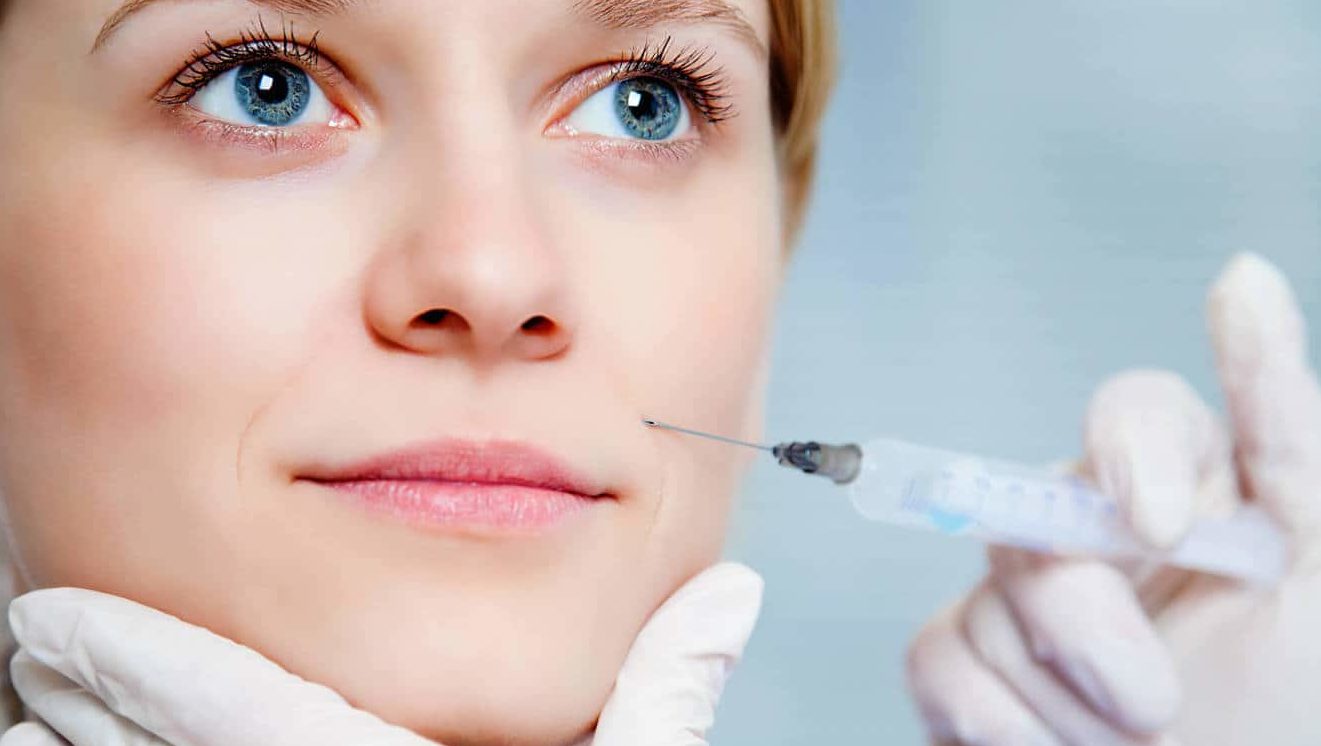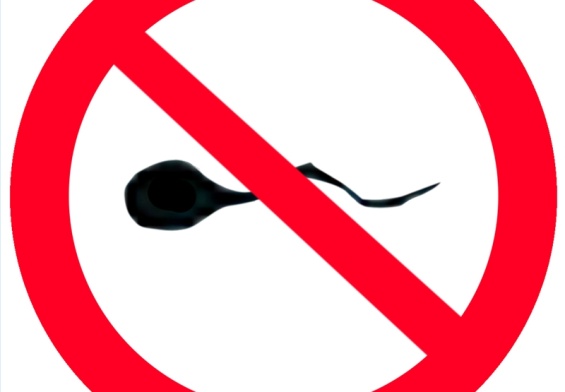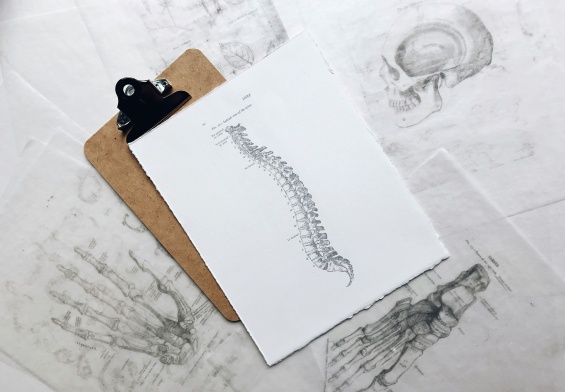Botox, widely recognized for its cosmetic prowess in diminishing facial wrinkles, has transcended its aesthetic origins to emerge as a versatile therapeutic agent. Over the past two decades, the application of Botulinum toxin has expanded significantly, revealing its potential in addressing a variety of medical conditions beyond mere skin deep enhancements. This shift not only highlights Botox’s multifunctionality but also underscores a broader understanding of its mechanism of action, which has been leveraged to provide relief for conditions ranging from excessive sweating to chronic migraines.
The journey of Botox from a cosmetic enhancer to a medical treatment solution is a testament to the evolving landscape of medical science, where ongoing research continually uncovers new uses for established treatments. As Botox’s list of therapeutic applications grows, so does the interest in its potential to improve the quality of life for patients dealing with a myriad of conditions. This article delves into the alternative uses of Botox, exploring how it has become a key player in the treatment of various non-cosmetic conditions and the critical role of in-home care in maximizing the efficacy of these treatments.
Beyond Beauty: The Therapeutic Applications of Botox
Originally celebrated for its ability to smooth out facial wrinkles, Botox has found its way into the treatment of several medical conditions, offering relief to those suffering from more than just aesthetic concerns. One such condition is hyperhidrosis, or excessive sweating, where Botox injections block the chemicals that stimulate sweat glands, providing up to four months of relief. In the dental field, Botox has been utilized to address issues with the masseter muscle, offering a solution to patients with an enlarged jaw muscle due to excessive chewing or teeth clenching. The result is not only aesthetic improvement but also functional relief from eating difficulties.
The FDA’s approval of Botox for chronic migraine treatment marked a significant milestone, providing a beacon of hope for those plagued by this debilitating condition. While the exact mechanism remains partially understood, Botox’s ability to prevent pain signals from reaching nerve endings has been a game-changer for many sufferers. Furthermore, Botox’s muscle-relaxing properties have been effectively applied to treat various muscle spasms, including those affecting the eyes, neck, bladder, and limbs, offering relief to individuals with conditions like multiple sclerosis and cerebral palsy.
In-Home Care: Maximizing the Benefits of Botox Treatments
The success of Botox treatments extends beyond the expertise of healthcare professionals; it also hinges on effective in-home care post-procedure. For conditions like hyperhidrosis, patients may be advised to avoid intense physical activity and direct heat exposure to the treated areas to maximize the longevity of the treatment’s effects. Similarly, individuals receiving Botox for dental issues should follow their dentist’s guidance on oral hygiene practices and any dietary adjustments to ensure optimal healing and effectiveness.
Patients treated with Botox for chronic migraines or muscle spasms benefit significantly from adhering to a personalized in-home care regimen. This may include maintaining a headache diary, practicing relaxation techniques, and avoiding known migraine triggers. For those treated for muscle spasms, incorporating gentle exercises or physical therapy, as recommended by their healthcare provider, can enhance the treatment’s efficacy and contribute to longer-lasting relief.
Navigating the Future: The Expanding Horizon of Botox Applications
As we delve deeper into the therapeutic potential of Botox, the horizon of its applications continues to expand, promising new avenues for treatment across various medical disciplines. The journey of Botox from a purely cosmetic solution to a multifaceted therapeutic tool exemplifies the innovative spirit of modern medicine. Researchers and clinicians alike are exploring new uses for Botox, driven by its proven efficacy and safety profile in treating a range of conditions. This exploration is not confined to the realms of dermatology and neurology but extends into areas such as gastroenterology, urology, and beyond, where Botox’s muscle-relaxing properties can offer novel solutions to complex medical challenges.
The future of Botox in medicine looks promising, with ongoing clinical trials and research studies investigating its potential in treating conditions like atrial fibrillation, premature ejaculation, and even depression. These investigations are grounded in the understanding of Botox’s mechanism of action and its ability to target specific physiological processes with precision. As we continue to uncover the full scope of Botox’s capabilities, the emphasis on patient education and informed consent becomes paramount. Patients and healthcare providers must engage in open, informed dialogues about the benefits and risks associated with Botox treatments, ensuring that decisions are made based on a comprehensive understanding of the options available.
Botox’s Broader Impact: Beyond the Surface
The expansion of Botox’s applications from cosmetic enhancements to addressing a broad spectrum of medical conditions marks a significant milestone in its journey. This evolution reflects the dynamic nature of healthcare innovation, where treatments known for one purpose are reimagined to serve broader, more impactful roles. As we continue to explore and understand the full capabilities of Botox, the importance of comprehensive care—encompassing both professional intervention and patient-led in-home care—becomes increasingly clear. This dual approach ensures that the benefits of Botox treatments are maximized, offering patients not just aesthetic improvements but profound therapeutic relief.
The story of Botox is one of transformation and hope, illustrating how continuous research and adaptive treatment strategies can uncover new pathways to healing and wellness. As Botox’s therapeutic applications continue to grow, so too does our appreciation for the intricate interplay between medical innovation and personalized care. Through this lens, Botox stands as a symbol of modern medicine’s ability to evolve and adapt, providing solutions that reach far beyond the surface to touch the lives of those in search of relief and rejuvenation.




